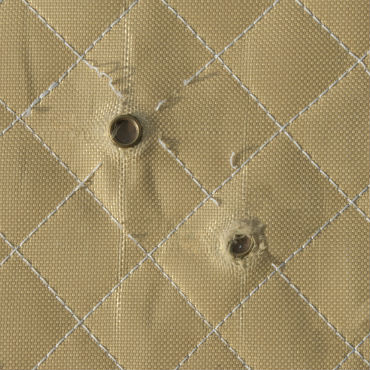Turning baseball jerseys into bullet-catchers

CBP leaders are interested in how wearables and the Internet of Things could come together to help create an automated picture of what law enforcement officers are going through.

It's a far cry from the cowboy boots and silver Stetson he wore when he worked for the Monterey County Sheriff's Office in California, but Wolf Tombe has a vision: smartphones, smartwatches and baseball jerseys as part of the ultimate law enforcement uniform.
Tombe, now CTO at Customs and Border Protection, said he learned of the pressure-sensitive jerseys recently. They are meant to detect when a high school ballplayer is hit hard enough to suffer internal injuries, but Tombe said he immediately thought of how the shirts could be repurposed for cops.
As a member of law enforcement, "I'm not taught to get on the radio and call for help [when a shooting starts]. I'm not taught to think about whether I've been hit or not," Tombe said. "I'm taught, 'Take cover, return fire.'"
Current technology could help automatically share some important information, he added.
"Given things like wearable tech, given that pressure-sensitive clothing -- for high school kids -- given what my watch is doing right now in monitoring my heart rate, given that my cell phone has my GPS coordinates down to about a foot in accuracy, can those technologies take the responsibility for notifying dispatch?" he asked.
Speaking at the May 10 Law Enforcement and Public Safety technology forum held by AFCEA's Bethesda chapter, Tombe and fellow law enforcement professionals noted some obvious concerns.
Technology that tracks officers could be hacked to reveal information to criminals. A deluge of data could tax legacy systems. The spread of the Internet of Things could allow adversaries to turn whole buildings or cities against cops.
But Tombe, ever the optimist about "really cool" technology, stressed the tremendous promise of wearable technology. The baseball jerseys are capable of detecting the caliber of a bullet strike, and health tracking tools could give law enforcement agencies a real-time look at their fallen comrades' vital signs, he said.
In a world of IoT tools that kick in at the first sound of a gunshot, Tombe said, law enforcement officers could resolve situations more quickly and catch criminals more reliably -- and potentially save lives in the process.
NEXT STORY: DISA unveils new cybersecurity review


